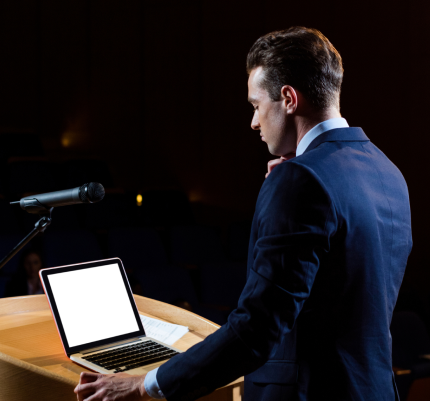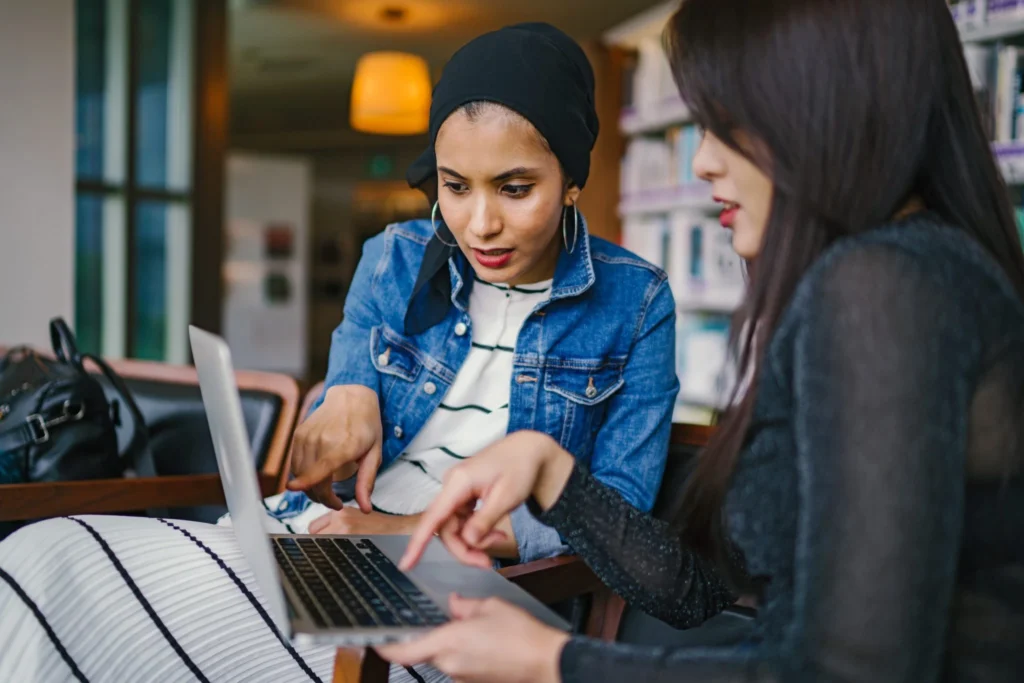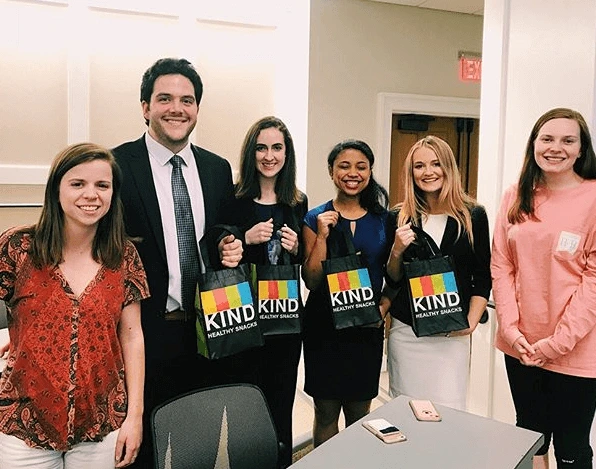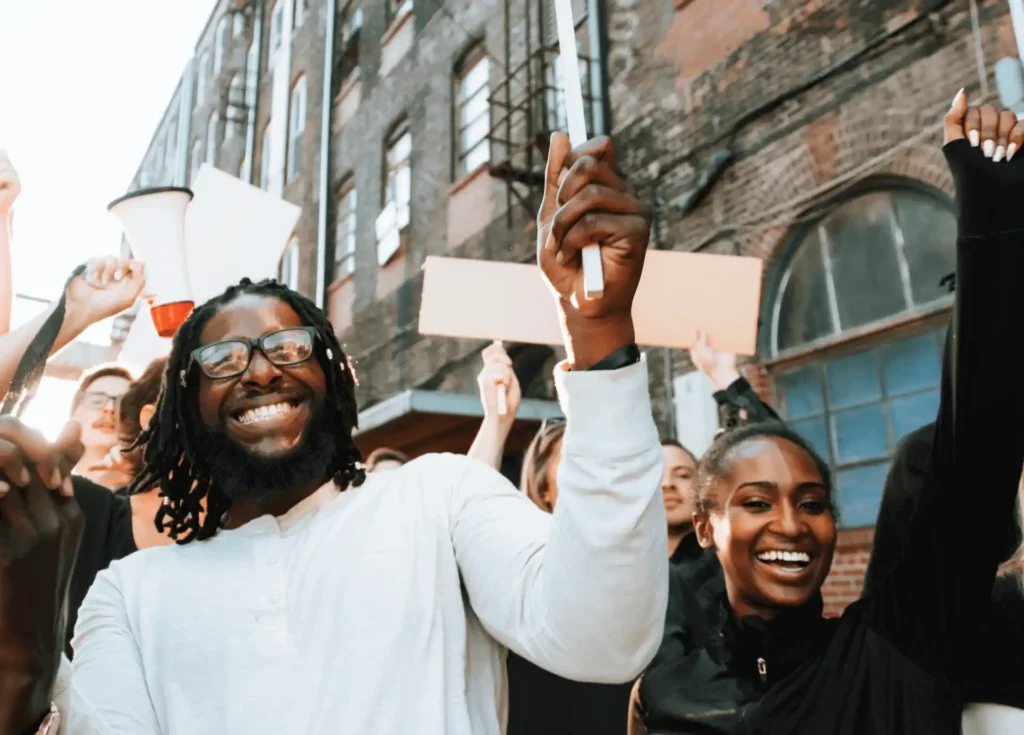By Lisa Merriam
Back-to-school marketing fuels what Shopify calls the “other Black Friday,” with B2S retail spending up an expected 10% this year to top $83.6 billion according to the National Retail Federation.
The back-to-school retail season has gotten off to an early start with Amazon’s Prime Day on July 16. The frenzy continues through September 8. Other retailers responded to that back-to-school marketing challenge:
- Ebay directly drafted off Amazon with its own “It’s Prime Time” campaign
- Macy’s celebrated “Black Friday in July”
- Target reminded shoppers that early birds get the best deals
- Staples pursued a different direction, casting itself as a back-to-school specialty store that gives shoppers serenity from chaotic and picked over aisles
- Walmart announced its multi-channel campaigns that include mobile apps, online tools, and in store deals.
Indeed, multi-channel is the new norm for B2S shoppers. The latest National Retail Federation numbers report 44% of spending will be online. 60% of that will be on mobile devices. Almost all shoppers use a blend of channels to research products, hunt down deals, and make purchases.
Influencers are playing a greater role, especially in fashion. The New York Post declared the end of the “thud”–the sound of formerly thick back-to-work and back-to-school magazines dropping on a table. Kardashians push more fashion choices than Seventeen magazine. Indeed, at least one agency is pushing its network of high school students, the cool kids, it calls micro-influencers Pretty in Pink on steroids?
Forbes just published a collection of trend statistics on B2S retailing. In addition to Amazon pushing the B2S season to an earlier start, it is also expanding what items are considered back-to-school necessities. Beyond clothes and school supplies, salon visits, sports equipment, and even room décor sales grow during the season. Long gone are the days where back to school meant a quick visit to the local five and dime to get new pencils!
















